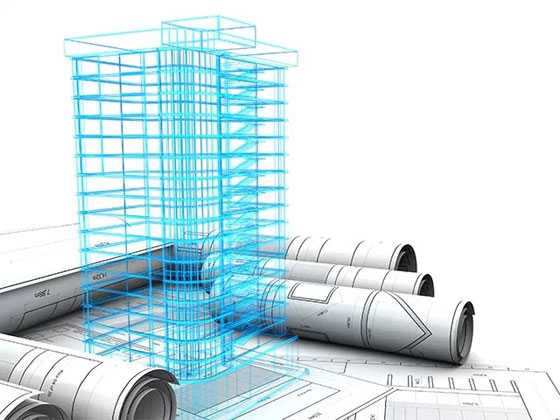BIM plays an inevitable role in a
construction project. From designing to planning, the new technology makes a
quick approach that saves time and reduces human interventions. The most
talking issue nowadays is – BIM is taking places of quantity takeoff.
It reveals the very truth that we
are adopting the modern technology more than maintaining the conventional
pathways. The age-old quantity takeoff has also been replaced by BIM. But the
doubt that is hovering over is – does this shift bring any profitable outcome?
What is quantity takeoff and how
does it work? Quantity takeoff is measured from 2D CAD drawing designed by
professionals. These 2D designs work as a blue print of the work that is given
to contractors as static PDF files. Constructors use software specifically
designed for measuring areas of the drawing and presenting the quantity by
identifying objects (windows, doors and more) from it. The objects generally
pass through many conditions before presenting quantities of windows, doors and
walls.
The approaches of BIM are
reliable and trustworthy. But it does have the limitation as the application is
basically designed for presenting 3D models of the planned construction. BIM
directly estimates the quantity from the 3D model and this is why it eliminates
the need for additional estimators. The information gathered from the 3D
construction is considered to be error-free as compared to the information from
the non-virtual 2D design.
The
benefits BIM provides as quantity estimator are given below:
•
BIM generates quantities based on the objects of the 3D model, offering a
faster quantity takeoff process.
• Any modification will also change the quantities, so re-measurement is not required.
• Since everything is done as per the 3D design created virtually, less error and more accuracy is expected.
• Any modification will also change the quantities, so re-measurement is not required.
• Since everything is done as per the 3D design created virtually, less error and more accuracy is expected.
To identify the separate working
area of BIM and quantity takeoff, you have to understand well how they work.
BIM presents quantities of the objects while making designs and it uses objects
based on the design. Traditional quantity takeoff relies more on static lines
to define objects and quantities are measured accordingly. Though BIM includes
both common and complex objects, it lacks in gathering site-specific data such
as specific type of concrete foundation required for the project. Trade
estimators play a very important role in bringing out the underlying detail of
the construction. BIM generally ignores this part and it often presents an
incomplete takeoff to you.
With the BIM projects, estimators
deal with an accuracy of finding out the quantity objects easily. In the 2D
world, trade estimators go through a complex process of understanding of the
model. This eventually delays the final result to be presented to constructors.
With BIM, trade estimators easily calculate necessary objects as the designs
are clear and comprehensive.
The
last point that establishes the truth whether BIM is replacing quantity takeoff
specifies strictly the working area of the designers. They possess a little
knowledge about materials and method as their sole responsibility is to design.
So, it can be said that quantity takeoff has a strong root in the construction
that cannot be shaken so easily. New tools are introduced in trade estimators
to make the process perfect for instant measuring.
For
other information follow enewsletters.constructionexec.com

~~~~~~~~~~~~~~~~~~~~~~~~
Published By
Rajib Dey
www.bimoutsourcing.com
~~~~~~~~~~~~~~~~~~~~~~~~
No comments:
Post a Comment